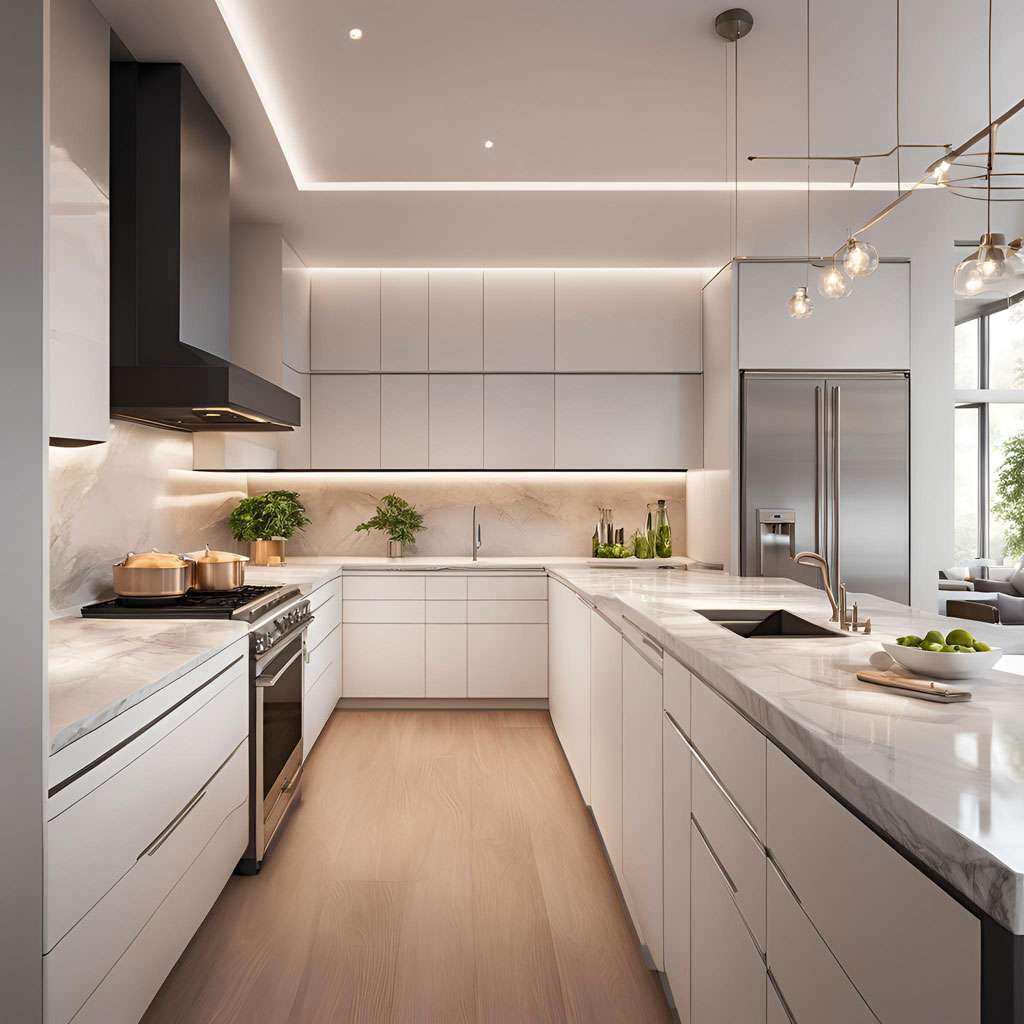What is a 3d rendering software?
3D rendering software is a specialized tool used to convert 3D models into two-dimensional images or animations. This software processes digital 3D models by applying textures, materials, lighting, and camera settings to generate realistic or stylized visuals. At Luxe3D.co.uk, we use advanced 3D rendering software to create high-quality CGI, architectural visualizations, and immersive virtual reality experiences. Here’s a comprehensive look at what 3D rendering software is and how it functions:

Rendering is used in architecture, simulators, video games, movies and television visual effects and design visualization.
1. Purpose of 3D Rendering Software:
3D rendering software is designed to transform complex 3D models into final images or animations that can be used for various applications. These applications include architectural visualization, video games, film production, and design presentations.
- Image Generation: The primary function is to produce high-quality images from 3D models, capturing the details, textures, and lighting effects.
- Animation: It can also generate animations, allowing users to create dynamic sequences and walkthroughs.
2. Key Features of 3D Rendering Software:
- Model Import and Creation: Allows users to import pre-existing 3D models or create new ones from scratch using modeling tools. Software such as Blender and Autodesk 3ds Max offer robust modeling capabilities.
- Texturing and Materials: Provides tools for applying textures and materials to the 3D models. Users can define surface properties, such as color, bumpiness, and reflectivity, to enhance realism.
- Lighting Setup: Offers various lighting options, including point lights, spotlights, and ambient lights, to simulate different lighting conditions and create realistic effects.
- Camera Controls: Enables users to set up and position virtual cameras to capture the desired view of the 3D scene. Adjustments can be made to focal length, depth of field, and angle.
- Rendering Engines: Includes different rendering engines, such as ray tracing or rasterization, to process the data and generate the final image. Each engine offers distinct features and quality levels.
- Post-Processing: Provides tools for enhancing the rendered image, such as color correction, contrast adjustments, and adding special effects. Software like Adobe Photoshop is often used in conjunction for post-processing.
3. Popular 3D Rendering Software:
- Blender: An open-source 3D rendering software known for its comprehensive features, including modeling, texturing, lighting, and rendering. Blender is widely used for both amateur and professional projects.
- Autodesk 3ds Max: A professional 3D modeling and rendering software with powerful tools for creating complex models and high-quality renders. It’s commonly used in architectural visualization and game design.
- Cinema 4D: Known for its intuitive interface and robust rendering capabilities, Cinema 4D is popular for motion graphics, visual effects, and 3D design.
- V-Ray: A rendering engine that integrates with various 3D modeling software to provide high-quality, photorealistic renders. It’s used extensively in architecture and product visualization.
- Arnold: A high-performance rendering engine used for creating detailed and realistic images. Arnold is commonly used in film and visual effects production.
4. Applications of 3D Rendering Software:
- Architectural Visualization: Used to create detailed visualizations of buildings and interiors, allowing architects and clients to visualize design concepts and make informed decisions.
- Product Design: Enables designers to produce realistic previews of products, helping in design validation, marketing, and client presentations.
- Film and TV: Essential for producing CGI, visual effects, and animated sequences in movies and television shows.
- Video Games: Creates immersive game environments, characters, and assets, enhancing the overall gaming experience.
- Virtual Reality (VR): Develops realistic and interactive VR environments, providing users with an immersive experience in virtual worlds.
- Design Presentations: Helps in presenting designs and concepts in a visually compelling manner, aiding in client approvals and project proposals.
5. How Luxe3D Utilizes 3D Rendering Software:
At Luxe3D.co.uk, we leverage state-of-the-art 3D rendering software to deliver exceptional results for our clients. Our team uses advanced tools and techniques to create high-quality CGI, architectural renderings, video walkthroughs, and virtual reality experiences. By utilizing the latest software, we ensure that our 3D designs are not only visually stunning but also tailored to meet our clients’ specific needs and project goals.
In summary, 3D rendering software is a powerful tool used to transform digital 3D models into detailed and realistic images or animations. It encompasses a range of features and capabilities, from model creation to post-processing, and is used in various industries, including architecture, film, video games, and virtual reality. At Luxe3D.co.uk, we utilize advanced 3D rendering software to provide high-quality visualizations and immersive experiences that bring our clients’ visions to life.
